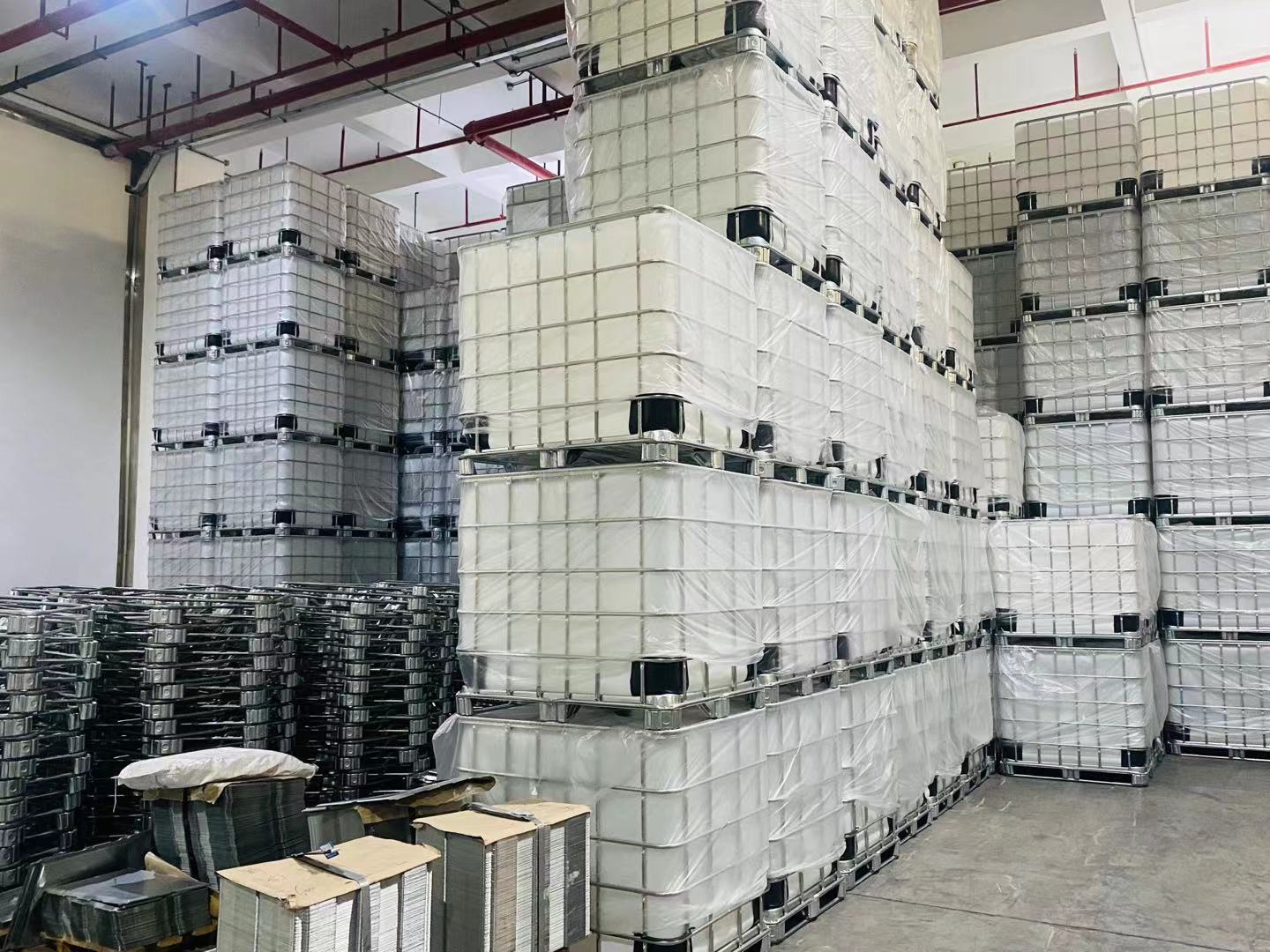Blog
Foshan Nanhai Changjin Plastic Cans Co., Ltd. (www.cjslzg.com), founded in 2006, is a large private enterprise specializing in the production of IBC ton barrels, IBC container barrels, plastic packaging cans, plastic barrels and chemical barrels. Customized products and services for customers. Our products have been well received by customers since they were launched on the market.
ibc ton barrel: Ton barrel Price
Analysis and Purchasing Guide for Drum Prices
In modern industrial production, drums play an important role as a common container. Whether in the chemical, pharmaceutical, food, or building materials industries, drums are responsible for key tasks such as storage, transportation, and packaging of products. However, the drum market is complex, and prices vary widely, leaving buyers often confused about how to choose. This article will analyze various aspects of drums, including material, size, applications, and price, and provide a purchasing guide to help you better understand and select the appropriate drum.
I. Comparison of Drum Materials
The material of the drum is one of the key factors affecting its price. Common drum materials include plastic, fiber, and steel. Plastic drums are lightweight, acid and alkali resistant, and easy to clean, making them suitable for single-use or storage of non-corrosive items. Fiber drums have good impact resistance, corrosion resistance, and dimensional stability, making them suitable for storing acidic and alkaline items and liquids. Steel drums have a high load-bearing capacity and corrosion resistance, offering advantages for heavy storage and long-term use. Choosing the appropriate material based on specific needs and usage environments can effectively control drum prices.
II. Selection of Drum Sizes
The size of the drum is also an important factor affecting the price. The volume of drums is usually measured in liters or cubic meters, with common specifications of 100L, 200L, 500L, and 1000L. Different industries and products have different requirements for drum volumes. For example, the 100-liter drum commonly used in the chemical industry is suitable for medium and small batch storage and transportation, while the 1000-liter drum is suitable for large-scale production and storage. When purchasing drums, it is necessary to choose the size reasonably based on actual needs to avoid waste and additional costs.
III. Applications and Special Requirements of Plastic Drums
The applications and special requirements of drums can also affect their prices. For example, the food industry has high hygiene requirements for drums, necessitating the selection of food-grade drums that meet relevant standards. The pharmaceutical industry has high requirements for the sealing of drums, requiring the selection of drums with good sealing properties. Additionally, some special requirements such as anti-static and flame-retardant characteristics will also result in price differences. When purchasing drums, it is important to choose drums that meet the specific applications and special requirements to ensure product quality and safety.
IV. Comparison of Drum Prices and Purchasing Guide
Drum prices are determined by various factors, including material, size, applications, and supply-demand relationships. For the same material and specification of drums in the market, prices may vary among different suppliers. When purchasing drums, you can compare quotes from multiple suppliers to understand market conditions and choose products with a good cost-performance ratio. Additionally, attention should be paid to the supplier's reputation and after-sale service to ensure the quality and service of the purchased drums.
In summary, drums are indispensable containers in industrial production, and their prices and quality affect the storage and transportation processes of products. By selecting the appropriate material, size, and drums that meet special requirements, costs can be effectively reduced while ensuring product quality. When purchasing drums, it is essential to fully understand the material characteristics, size specifications, and application requirements of the drums, combined with market conditions and supplier reputation, to make informed choices. It is hoped that the analysis and guide in this article can help you better understand drum prices and related purchasing matters.



